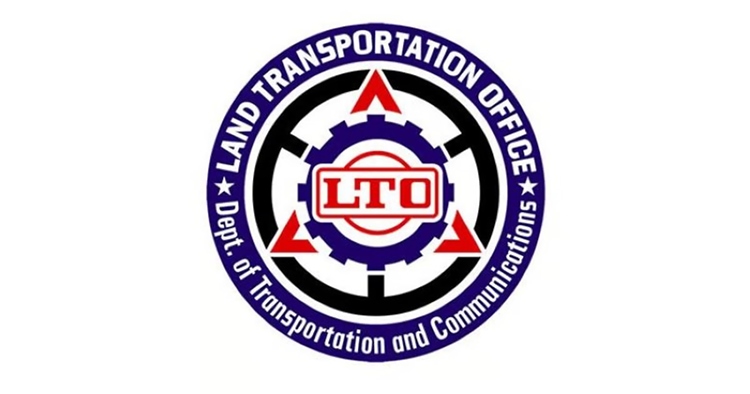E-Bikes Registration Proposal
REGISTRATION FOR E-BIKES – The Land Transportation Office (LTO) is exploring the possibility of making the registration of all types of electronic bikes or e-bikes mandatory.
This consideration stems from the significant number of accidents involving e-bikes. The Metropolitan Manila Development Authority (MMDA) recorded 556 e-bike-related accidents in the National Capital Region (NCR) from January to November of the previous year,
Currently, e-bike drivers are not obliged to obtain a license. According to Assistant Secretary Vigor Mendoza, the head of LTO, “Pag tumatakbo ‘yan ng less than 25 kilometers per hour, hindi kailangan i-rehistro sa LTO although we’d like to deviate from that thinking.” He added: “So we’re coming up with a proposal, regardless of the speed of the vehicle… kelangan rehistrado sa LTO.”

E-bikes serve as a popular mode of transportation for both commuters and delivery riders due to practical reasons. “Hindi na nagpapa-gas tapos mas malaki ang naiuuwi sa pamilya,” said Julius Yebra, an e-bike user. In the report, an e-bike rental shop highlighted that e-bikes can be rented for P250 a day, with an average of 40 e-bikes being rented daily.
Meanwhile, in the Philippines, vehicle registration is overseen by the Land Transportation Office (LTO). To initiate the process, vehicle owners must gather essential documents, including the original Certificate of Registration (CR) and Official Receipt (OR) from the previous year for renewal, a completed Motor Vehicle Inspection Report (MVIR) form, a Certificate of Emission Compliance (CEC) acquired from an authorized emission testing center, and a Taxpayer’s Identification Number (TIN).

Emission testing is a prerequisite, conducted at accredited centers, yielding a Certificate of Emission Compliance. Following this, the vehicle undergoes a comprehensive inspection at an LTO office or an authorized motor vehicle inspection center. The owner then obtains the MVIR form and submits all required documents, including the CR, OR, MVIR, CEC, and TIN, to the evaluator for assessment.
After payment of the necessary fees at the cashier, the owner submits the MVIR form and official receipt to the Releasing Section, awaiting the issuance of the new CR and OR. Subsequently, the owner can claim the updated documents from the Releasing Section.
